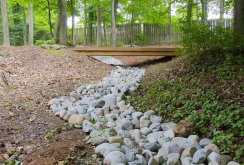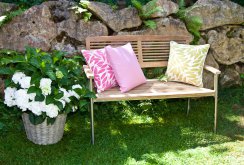 Decorative sand stucco - desert gold in the interior (27 photos)
Decorative sand stucco - desert gold in the interior (27 photos)
Advantages of decorative sand plaster. What features of the work does this type of coating have. Application technology and care.
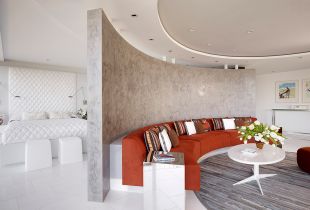 Silk decorative plaster - flowing surface in the interior (28 photos)
Silk decorative plaster - flowing surface in the interior (28 photos)
Are you planning a repair and choosing a material for the walls? Pay attention to decorative silk plaster (aka “liquid wallpaper”). This is truly an elite and unique material.
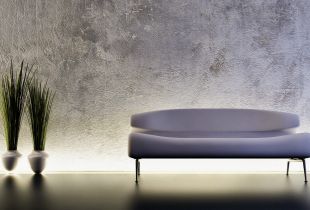 “Fur coat” plaster in the decor of the premises: coating features (22 photos)
“Fur coat” plaster in the decor of the premises: coating features (22 photos)
Decorative plaster coat is used for facade, interior work. Fur coat plaster has a simple application technology, affordable cost and a variety of design solutions.
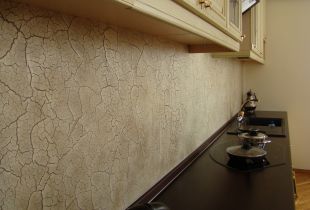 Decorating the kitchen with decorative plaster - a stylish solution (25 photos)
Decorating the kitchen with decorative plaster - a stylish solution (25 photos)
Using decorative plaster in the kitchen is a very popular way of decoration. What types of plaster are there, what are its advantages and disadvantages, and why experienced builders recommend this particular type of decoration for ...
 Decorative bark beetle plaster: description and application (29 photos)
Decorative bark beetle plaster: description and application (29 photos)
For the final decoration of internal walls and facades of buildings, plaster is most often used. The decorative bark beetle plaster is very popular. It has a beautiful textural appearance and does not require additional decoration. Herself...
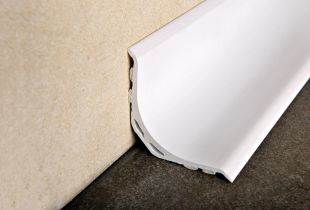 How to glue a corner: simple secrets
How to glue a corner: simple secrets
Various types of corners. The use of PVC corners in the design of your apartment, simple installation techniques. The use of ceramic, arched and interior corners.
 Decorative plaster in the bathroom (19 photos)
Decorative plaster in the bathroom (19 photos)
Decorative plaster in the bathroom allows you to create a unique and eye-pleasing design. If you have the skill of laying plaster, then it will be easy, if not, the specialists will help you.
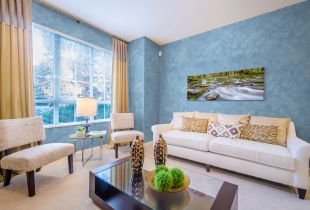 Types and proper use of putty (21 photos)
Types and proper use of putty (21 photos)
What is putty. What types of putties exist? Which putty is suitable for drywall? Types of putty on wood. What decorative putties are.
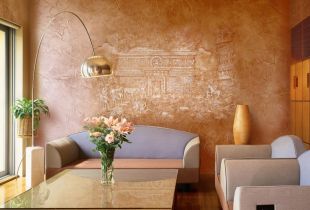 Decorative plaster in the interior (20 photos): types of finishes and beautiful examples
Decorative plaster in the interior (20 photos): types of finishes and beautiful examples
Decorative plaster in the interior. Features of the material. Types of decorative plaster, their pros and cons. Composition of decorative plaster. Features of application.

 Silk decorative plaster - flowing surface in the interior (28 photos)
Silk decorative plaster - flowing surface in the interior (28 photos) “Fur coat” plaster in the decor of the premises: coating features (22 photos)
“Fur coat” plaster in the decor of the premises: coating features (22 photos) Decorating the kitchen with decorative plaster - a stylish solution (25 photos)
Decorating the kitchen with decorative plaster - a stylish solution (25 photos) Decorative bark beetle plaster: description and application (29 photos)
Decorative bark beetle plaster: description and application (29 photos) How to glue a corner: simple secrets
How to glue a corner: simple secrets Decorative plaster in the bathroom (19 photos)
Decorative plaster in the bathroom (19 photos) Types and proper use of putty (21 photos)
Types and proper use of putty (21 photos) Decorative plaster in the interior (20 photos): types of finishes and beautiful examples
Decorative plaster in the interior (20 photos): types of finishes and beautiful examples


